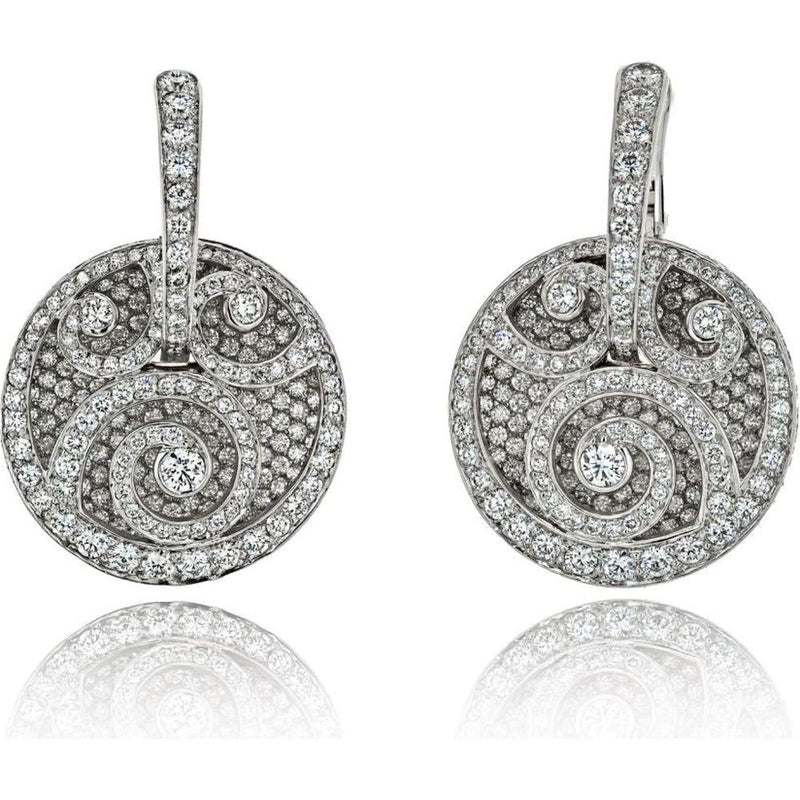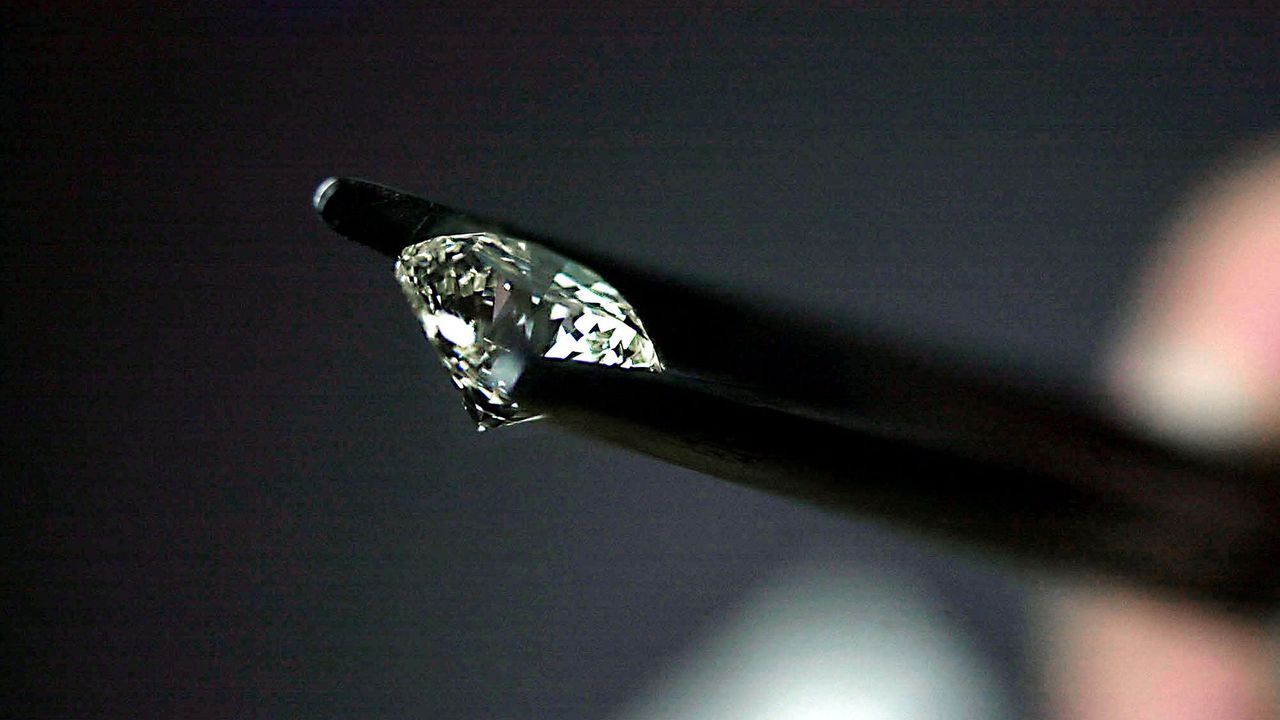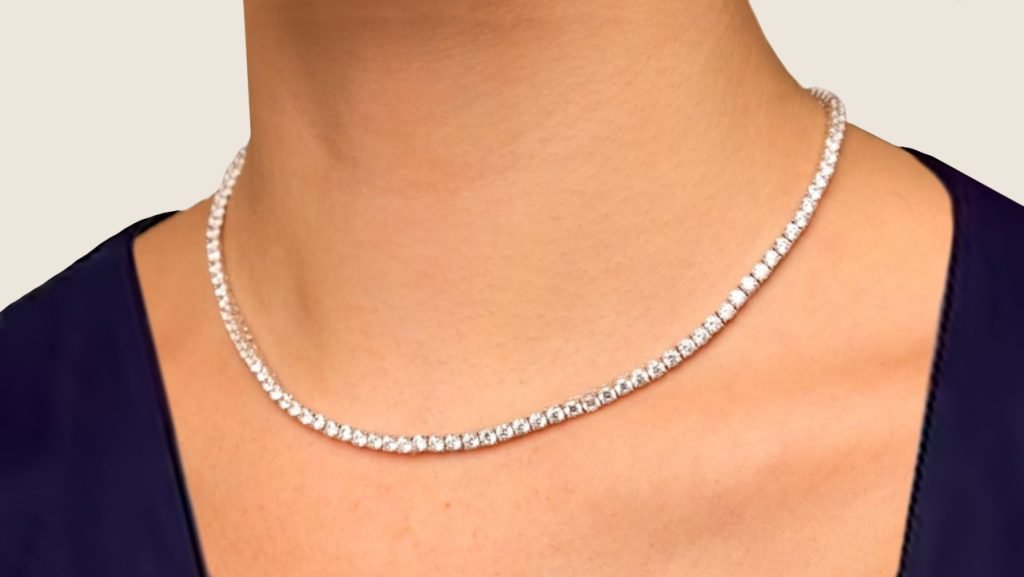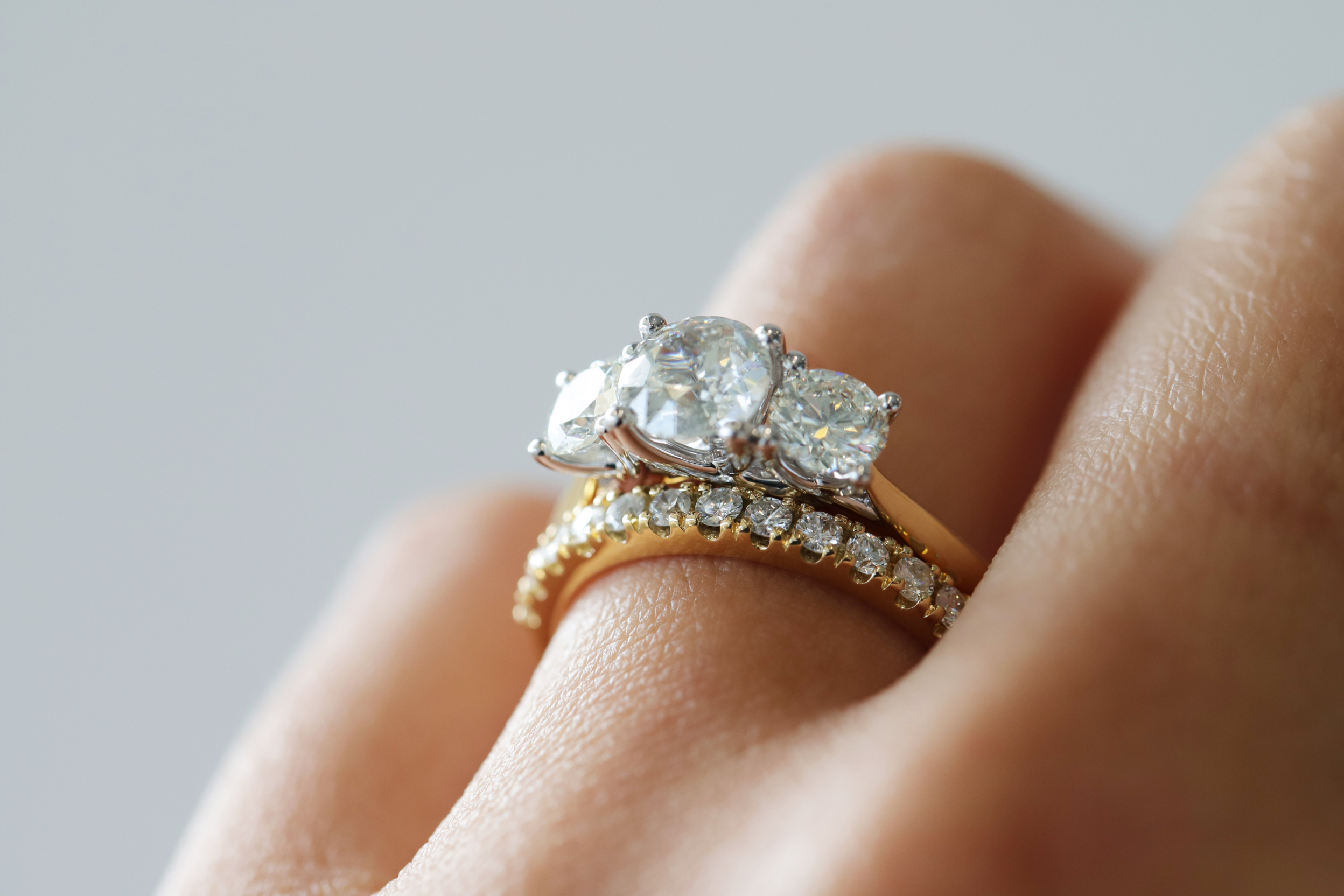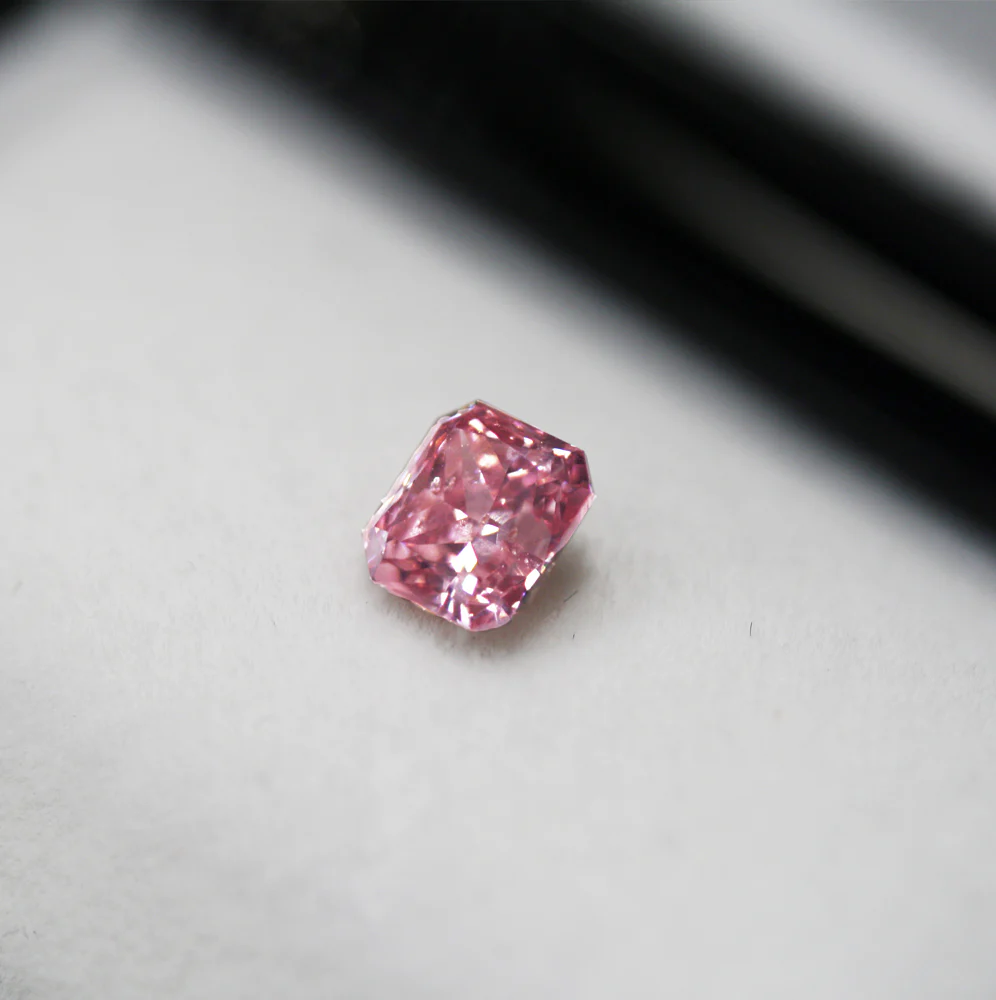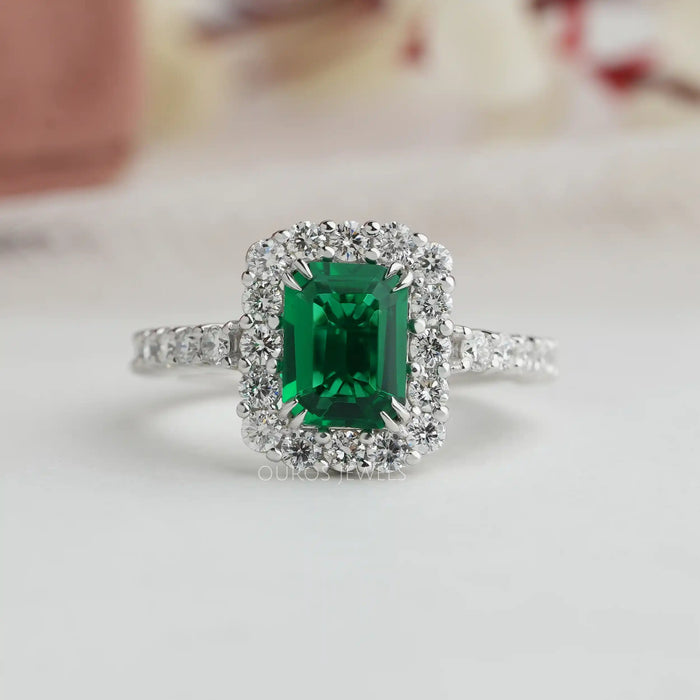Lab diamonds have become a popular choice in the jewelry market, offering a more sustainable and cost-effective option compared to traditional mined diamonds. As technology continues to evolve, lab diamonds are now seen as a better alternative for those seeking high-quality diamonds at a fraction of the price. This insider story of insider story of lab diamonds better, benefits, and the growing demand for them in the jewelry industry.
Table of Contents
The Origins of Lab Diamonds
Lab diamonds, also known as man-made diamonds or synthetic diamonds, are created in a laboratory using advanced technological processes that mimic the conditions under which natural diamonds are formed. There are two main methods used to create these diamonds: High Pressure High Temperature (HPHT) and Chemical Vapor Deposition (CVD). Both methods result in diamonds that are virtually identical to those found in nature, including their chemical composition, physical properties, and appearance.
The creation of lab diamonds can be traced back to the 1950s, when scientists first began experimenting with ways to replicate the natural diamond formation process. Over the years, advancements in technology have made it possible to produce high-quality diamonds that are virtually indistinguishable from mined diamonds, both visually and scientifically. As a result, lab diamonds have gained recognition in the jewelry industry as a viable and better alternative to traditional diamonds.
The Benefits of Lab Diamonds
One of the key advantages of lab diamonds is their environmental impact. Unlike mined diamonds, which require extensive mining operations that can damage ecosystems and contribute to environmental degradation, lab diamonds are created in controlled laboratory settings with minimal environmental disruption. This makes them a more sustainable choice for eco-conscious consumers who want to reduce their environmental footprint.
In addition to their environmental benefits, lab diamonds are also more affordable than mined diamonds. The process of creating diamonds in a lab is significantly less expensive than traditional diamond mining, which involves costly extraction and transportation processes. As a result, consumers can purchase larger or higher-quality lab diamonds for the same price as smaller mined diamonds. This has made lab diamonds an attractive option for those looking to maximize their budget without sacrificing quality or appearance.
Lab Diamonds and Ethical Considerations
Another important factor contributing to the rise in popularity of lab diamonds is their ethical appeal. Mined diamonds have long been associated with human rights violations, including exploitative labor practices and funding conflicts in certain regions of the world. These so-called “blood diamonds” have raised concerns about the social and ethical implications of diamond sourcing.
Lab diamonds, on the other hand, are produced in controlled environments where labor standards are regulated and the supply chain is transparent. Consumers who choose lab diamonds can feel confident knowing that they are supporting a product that is free from the ethical issues associated with traditional diamond mining. This has made lab diamonds a popular choice among socially-conscious buyers who want to make a positive impact with their purchase.
The Growing Demand for Lab Diamonds
As awareness of the environmental and ethical benefits of lab diamonds continues to grow, the demand for them has skyrocketed. Consumers are increasingly seeking out alternatives to mined diamonds, and lab diamonds are seen as a better option for those who want the beauty and durability of a diamond without the negative implications of traditional diamond mining. The jewelry industry has responded by offering a wide range of lab diamond products, from engagement rings to earrings and necklaces, making it easier for consumers to find the perfect piece.
Furthermore, as lab diamond technology continues to improve, the quality of these diamonds has reached new heights. Today, lab diamonds are virtually indistinguishable from mined diamonds in terms of their visual appearance and chemical composition. With advancements in cutting, polishing, and color grading, lab diamonds can now be customized to meet the preferences of individual customers, making them an ideal choice for those seeking a personalized, high-quality piece of jewelry.
The Future of Lab Diamonds
The future of lab diamonds looks promising, with ongoing advancements in technology and growing consumer interest driving the market forward. As more people become aware of the benefits of lab diamonds, it is likely that their popularity will continue to increase, further cementing their place as a better alternative to mined diamonds.
In the coming years, it is expected that lab diamonds will become even more affordable and accessible, making them a mainstream choice for consumers across the globe. As the technology behind their creation continues to evolve, we can also anticipate even higher-quality diamonds with enhanced features, such as increased size, brilliance, and color. The rise of lab diamonds marks a shift in the jewelry industry toward more sustainable, ethical, and affordable options for consumers, and the insider story of lab diamonds is one that is likely to continue unfolding in exciting ways.
Conclusion
In conclusion, lab diamonds have emerged as a better alternative to traditional mined diamonds, offering a more sustainable, ethical, and cost-effective option for consumers. As technology continues to advance, lab diamonds are becoming an increasingly popular choice in the jewelry market, with their growing demand reflecting a shift toward more environmentally-conscious and socially-responsible purchasing decisions. Whether for engagement rings or other fine jewelry pieces, lab diamonds provide a brilliant, high-quality option that meets the needs of modern consumers seeking a better, more ethical alternative to mined diamonds.



